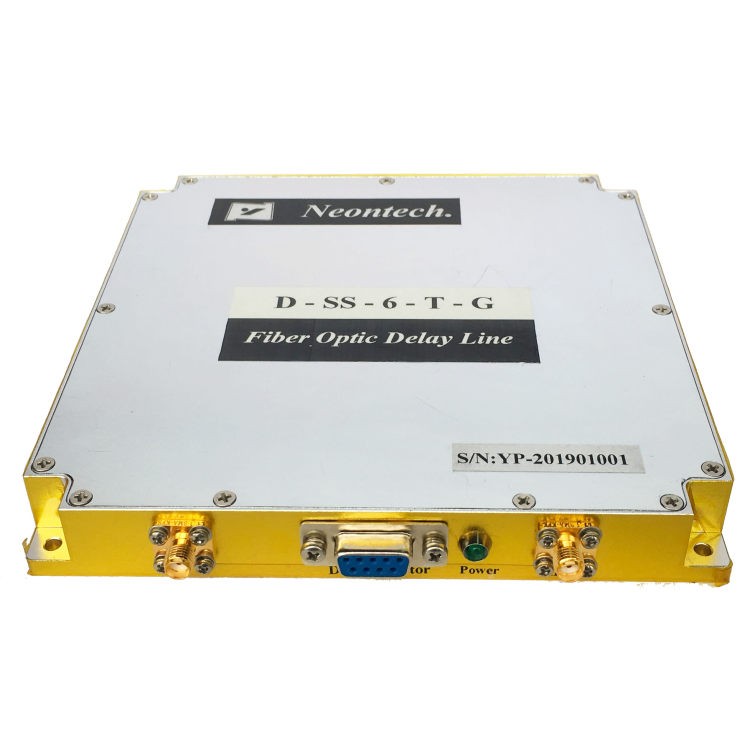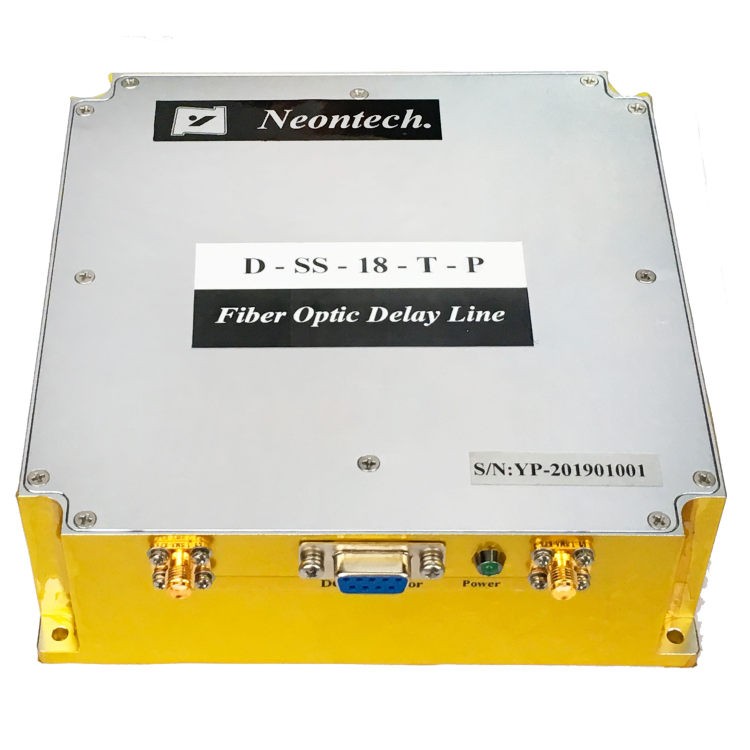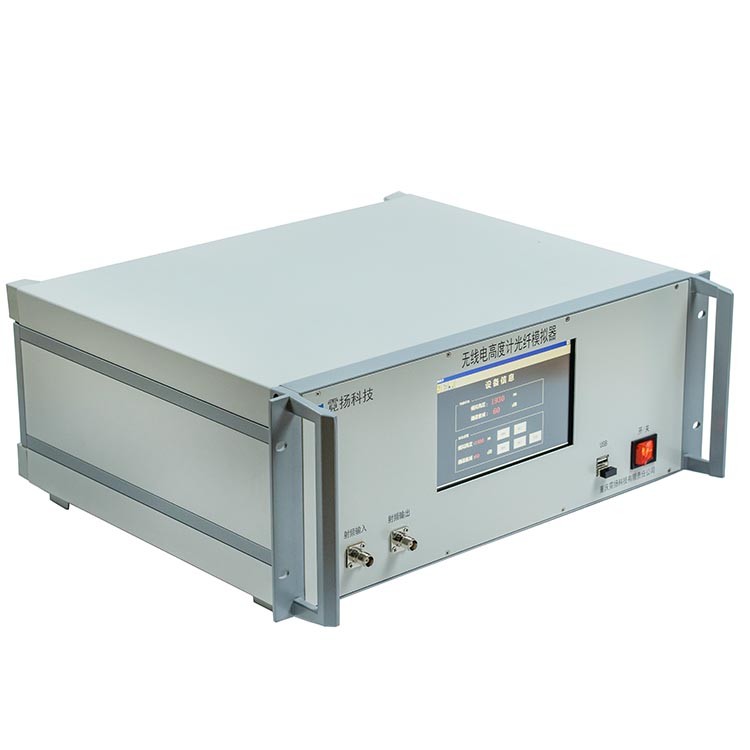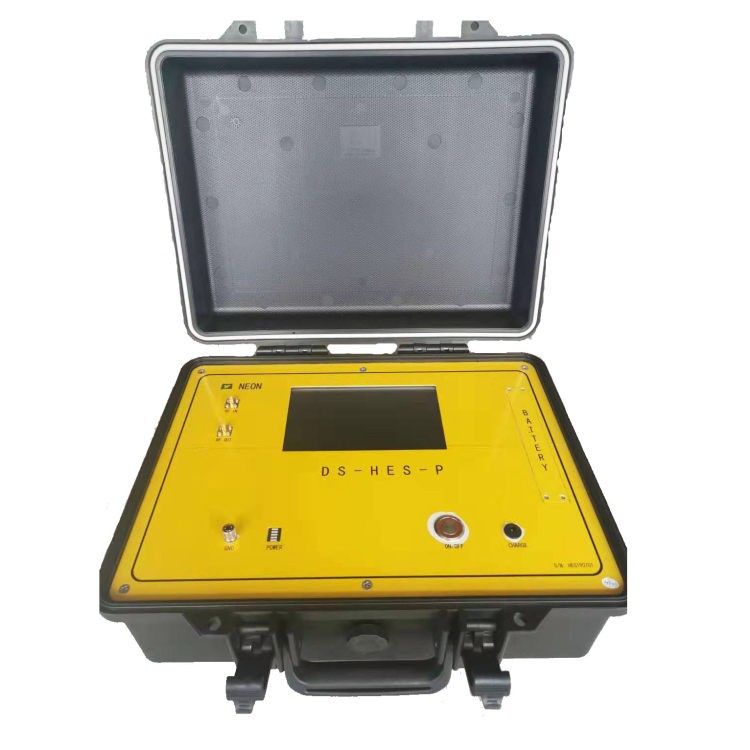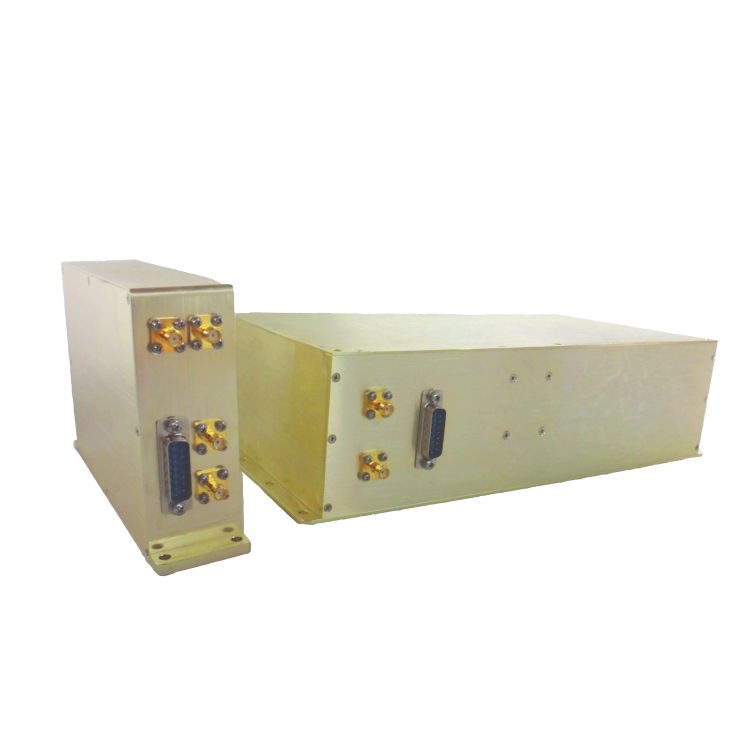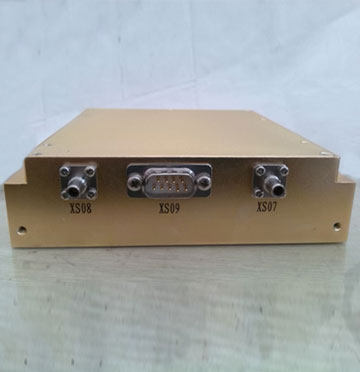6 Advantages of Using a Radio Altimeter Simulator for Pilot Training
Radio altimeters are an important tool for pilots during takeoff and landing. They help to determine the height of the aircraft above the ground and can be crucial in ensuring a safe landing. However, training with radio altimeters can be difficult and costly, especially when using real aircraft. This is where radio altimeter simulators come in. In this article, we will explore the advantages of using a radio altimeter simulator for pilot training.
Introduction to Radio Altimeter Simulators
A radio altimeter simulator is a device that is used to simulate the operation of a real radio altimeter. It provides a virtual environment for pilots to practice their skills and gain experience in using radio altimeters without the cost and risk associated with using real aircraft. These simulators are designed to be as realistic as possible, providing an accurate representation of the radio altimeter and its operation.
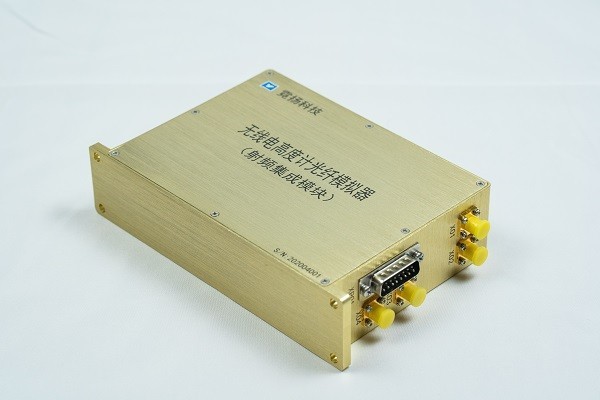
6 Advantages of Using a Radio Altimeter Simulator for Pilot Training
There are 6 advantages of using a radio altimeter simulator for pilot training. These advantages include:
Simulating Realistic Environments
Radio altimeter simulators are designed to provide a realistic environment for pilots to practice in. They can simulate different types of terrain, weather conditions, and airport layouts, which can help pilots to prepare for a wide range of scenarios. This is particularly useful for pilots who are training for landing in challenging environments, such as mountainous areas or airports with short runways.
Providing Feedback
Radio altimeter simulators provide pilots with feedback on their performance. This feedback can be used to identify areas where the pilot needs to improve, such as the timing of the landing gear deployment or the rate of descent. This feedback can also help pilots to build confidence in their abilities and improve their overall performance.
Offering Training Opportunities
Radio altimeter simulators provide pilots with a safe and controlled environment to practice their skills. This can be particularly useful for new pilots who are still learning how to operate a radio altimeter. It can also be useful for experienced pilots who want to refine their skills or learn new techniques.
Familiarizing Pilots with Radio Altimeter Operation
Radio altimeter simulators can help pilots to become more familiar with the operation of a radio altimeter. This familiarity can help to reduce errors and increase safety during actual flights. Pilots can practice tasks such as setting the radio altimeter to the correct height, adjusting the sensitivity, and monitoring the readings.
Lowering the Risk of Accidents
Using a radio altimeter simulator can help to lower the risk of accidents during training. Since pilots are practicing in a controlled environment, they are less likely to make mistakes that could result in a crash. This can help to reduce the cost of training and ensure the safety of both pilots and passengers.
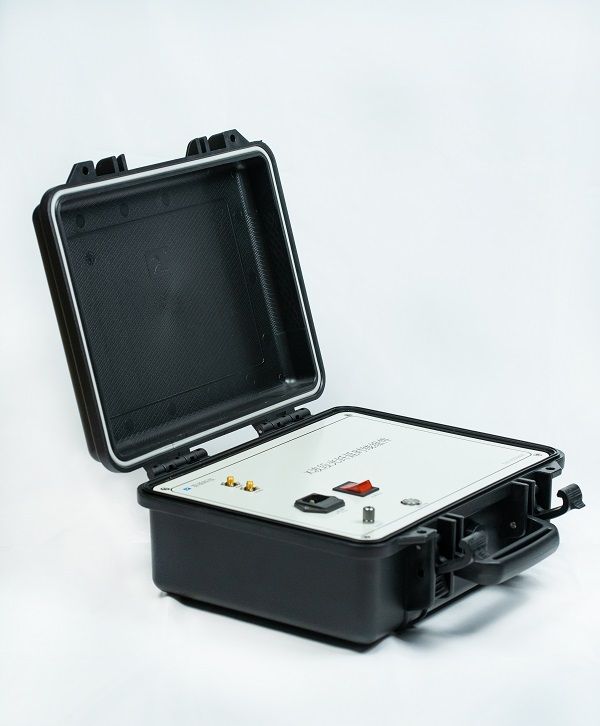
Reducing Costs
Radio altimeter simulators can be a cost-effective alternative to using real aircraft for training. They can reduce the cost of training by allowing pilots to practice in a virtual environment instead of using expensive equipment. This can also help to extend the lifespan of real aircraft by reducing the wear and tear caused by training exercises.
Conclusion
In conclusion, radio altimeter simulators provide pilots with a safe, controlled, and cost-effective environment to practice their skills. They can help to improve a pilot’s performance, build confidence, and reduce the risk of accidents. Additionally, they can familiarize pilots with the operation of a radio altimeter and simulate realistic environments. As such, they are an important tool for pilot training and should be considered by all flight schools and training centers. By using radio altimeter simulators, pilots can hone their skills and become better equipped to handle any situation that they may encounter during a flight.


